[Anchor]
This is a series examining the actions of North Korea as we face the Trump era again.
North Korea has developed its nuclear capabilities through six nuclear tests so far.
What is the current state of North Korea's nuclear power, and how likely is a seventh nuclear test? Reporter Yang Min-cheol analyzed this.
[Report]
The Punggye-ri nuclear test site in Kilju County, North Hamgyong Province.
To the south, we can see Tunnel No. 3, which is considered a strong candidate for the site of the seventh nuclear test.
The access road leading to Tunnel No. 3 shows clear signs of snow being removed.
It appears that snow removal work has also been carried out in the northern support facility area.
[Jung Seong-hak/Director of the Video Analysis Center, Korea Institute for Security Strategy: "Overall, there are no signs indicating that a nuclear test is imminent, but it seems that related facilities are being consistently maintained to allow for a nuclear test at any time."]
North Korea withdrew from the Nuclear Non-Proliferation Treaty (NPT) in January 2003 and conducted its first nuclear test in October 2006.
The explosive power, which was only 0.8 kilotons at that time, increased to about 10 kilotons by the fifth test in 2016.
In the following year, during the sixth test, it reached a maximum level of 200 kilotons, and at that time, North Korea declared the "completion" of a hydrogen bomb that was several times stronger than a conventional nuclear bomb.
[Korean Central TV/Sept. 3, 2017: "Complete success in the hydrogen bomb test for intercontinental ballistic missile!"]
Although there have been no additional nuclear tests for eight years, North Korea is currently assessed to possess over 50 nuclear warheads and more than 20 types of nuclear delivery systems.
If a seventh nuclear test is conducted, the focus is expected to be on verifying the performance of tactical nuclear warheads.
[Lee Chun-geun/Visiting Expert, Korea Institute of S&T Evaluation and Planning: "There are two possible tests. The first will be an explosion to verify the reliability of the tactical nuclear warhead 'Hwasan-31', and the second will involve experiments to determine which delivery systems are suitable for its use and where it can be applied."]
Both South Korean intelligence agency and the United States believe that preparations for additional nuclear tests have been completed.
This means North Korea is adjusting the timing based on the political situation, and with President Trump hinting at the possibility of dialogue between North Korea and the U.S., the prevailing outlook is that North Korea will observe the situation for the time being rather than hastily conducting a nuclear test.
This is KBS News, Yang Min-cheol.
This is a series examining the actions of North Korea as we face the Trump era again.
North Korea has developed its nuclear capabilities through six nuclear tests so far.
What is the current state of North Korea's nuclear power, and how likely is a seventh nuclear test? Reporter Yang Min-cheol analyzed this.
[Report]
The Punggye-ri nuclear test site in Kilju County, North Hamgyong Province.
To the south, we can see Tunnel No. 3, which is considered a strong candidate for the site of the seventh nuclear test.
The access road leading to Tunnel No. 3 shows clear signs of snow being removed.
It appears that snow removal work has also been carried out in the northern support facility area.
[Jung Seong-hak/Director of the Video Analysis Center, Korea Institute for Security Strategy: "Overall, there are no signs indicating that a nuclear test is imminent, but it seems that related facilities are being consistently maintained to allow for a nuclear test at any time."]
North Korea withdrew from the Nuclear Non-Proliferation Treaty (NPT) in January 2003 and conducted its first nuclear test in October 2006.
The explosive power, which was only 0.8 kilotons at that time, increased to about 10 kilotons by the fifth test in 2016.
In the following year, during the sixth test, it reached a maximum level of 200 kilotons, and at that time, North Korea declared the "completion" of a hydrogen bomb that was several times stronger than a conventional nuclear bomb.
[Korean Central TV/Sept. 3, 2017: "Complete success in the hydrogen bomb test for intercontinental ballistic missile!"]
Although there have been no additional nuclear tests for eight years, North Korea is currently assessed to possess over 50 nuclear warheads and more than 20 types of nuclear delivery systems.
If a seventh nuclear test is conducted, the focus is expected to be on verifying the performance of tactical nuclear warheads.
[Lee Chun-geun/Visiting Expert, Korea Institute of S&T Evaluation and Planning: "There are two possible tests. The first will be an explosion to verify the reliability of the tactical nuclear warhead 'Hwasan-31', and the second will involve experiments to determine which delivery systems are suitable for its use and where it can be applied."]
Both South Korean intelligence agency and the United States believe that preparations for additional nuclear tests have been completed.
This means North Korea is adjusting the timing based on the political situation, and with President Trump hinting at the possibility of dialogue between North Korea and the U.S., the prevailing outlook is that North Korea will observe the situation for the time being rather than hastily conducting a nuclear test.
This is KBS News, Yang Min-cheol.
■ 제보하기
▷ 카카오톡 : 'KBS제보' 검색, 채널 추가
▷ 전화 : 02-781-1234, 4444
▷ 이메일 : kbs1234@kbs.co.kr
▷ 유튜브, 네이버, 카카오에서도 KBS뉴스를 구독해주세요!
- Satellite images of Punggye-ri
-
- 입력 2025-01-27 23:21:15
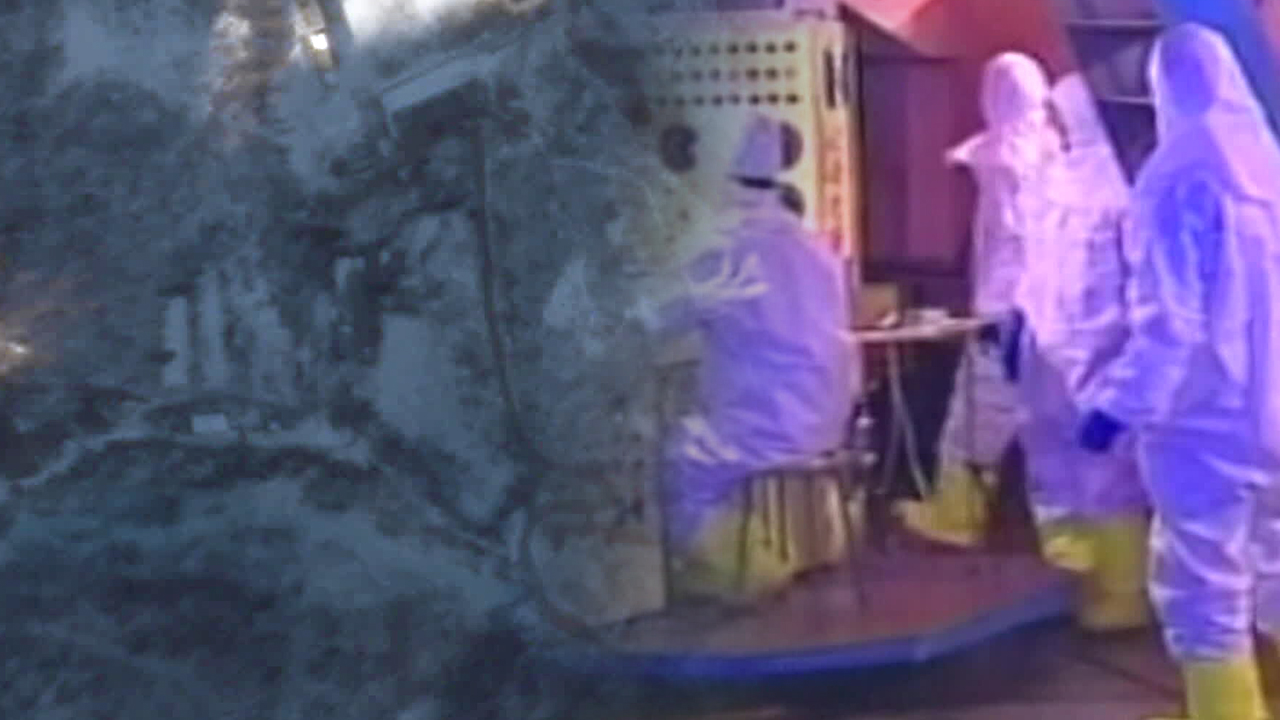
[Anchor]
This is a series examining the actions of North Korea as we face the Trump era again.
North Korea has developed its nuclear capabilities through six nuclear tests so far.
What is the current state of North Korea's nuclear power, and how likely is a seventh nuclear test? Reporter Yang Min-cheol analyzed this.
[Report]
The Punggye-ri nuclear test site in Kilju County, North Hamgyong Province.
To the south, we can see Tunnel No. 3, which is considered a strong candidate for the site of the seventh nuclear test.
The access road leading to Tunnel No. 3 shows clear signs of snow being removed.
It appears that snow removal work has also been carried out in the northern support facility area.
[Jung Seong-hak/Director of the Video Analysis Center, Korea Institute for Security Strategy: "Overall, there are no signs indicating that a nuclear test is imminent, but it seems that related facilities are being consistently maintained to allow for a nuclear test at any time."]
North Korea withdrew from the Nuclear Non-Proliferation Treaty (NPT) in January 2003 and conducted its first nuclear test in October 2006.
The explosive power, which was only 0.8 kilotons at that time, increased to about 10 kilotons by the fifth test in 2016.
In the following year, during the sixth test, it reached a maximum level of 200 kilotons, and at that time, North Korea declared the "completion" of a hydrogen bomb that was several times stronger than a conventional nuclear bomb.
[Korean Central TV/Sept. 3, 2017: "Complete success in the hydrogen bomb test for intercontinental ballistic missile!"]
Although there have been no additional nuclear tests for eight years, North Korea is currently assessed to possess over 50 nuclear warheads and more than 20 types of nuclear delivery systems.
If a seventh nuclear test is conducted, the focus is expected to be on verifying the performance of tactical nuclear warheads.
[Lee Chun-geun/Visiting Expert, Korea Institute of S&T Evaluation and Planning: "There are two possible tests. The first will be an explosion to verify the reliability of the tactical nuclear warhead 'Hwasan-31', and the second will involve experiments to determine which delivery systems are suitable for its use and where it can be applied."]
Both South Korean intelligence agency and the United States believe that preparations for additional nuclear tests have been completed.
This means North Korea is adjusting the timing based on the political situation, and with President Trump hinting at the possibility of dialogue between North Korea and the U.S., the prevailing outlook is that North Korea will observe the situation for the time being rather than hastily conducting a nuclear test.
This is KBS News, Yang Min-cheol.
This is a series examining the actions of North Korea as we face the Trump era again.
North Korea has developed its nuclear capabilities through six nuclear tests so far.
What is the current state of North Korea's nuclear power, and how likely is a seventh nuclear test? Reporter Yang Min-cheol analyzed this.
[Report]
The Punggye-ri nuclear test site in Kilju County, North Hamgyong Province.
To the south, we can see Tunnel No. 3, which is considered a strong candidate for the site of the seventh nuclear test.
The access road leading to Tunnel No. 3 shows clear signs of snow being removed.
It appears that snow removal work has also been carried out in the northern support facility area.
[Jung Seong-hak/Director of the Video Analysis Center, Korea Institute for Security Strategy: "Overall, there are no signs indicating that a nuclear test is imminent, but it seems that related facilities are being consistently maintained to allow for a nuclear test at any time."]
North Korea withdrew from the Nuclear Non-Proliferation Treaty (NPT) in January 2003 and conducted its first nuclear test in October 2006.
The explosive power, which was only 0.8 kilotons at that time, increased to about 10 kilotons by the fifth test in 2016.
In the following year, during the sixth test, it reached a maximum level of 200 kilotons, and at that time, North Korea declared the "completion" of a hydrogen bomb that was several times stronger than a conventional nuclear bomb.
[Korean Central TV/Sept. 3, 2017: "Complete success in the hydrogen bomb test for intercontinental ballistic missile!"]
Although there have been no additional nuclear tests for eight years, North Korea is currently assessed to possess over 50 nuclear warheads and more than 20 types of nuclear delivery systems.
If a seventh nuclear test is conducted, the focus is expected to be on verifying the performance of tactical nuclear warheads.
[Lee Chun-geun/Visiting Expert, Korea Institute of S&T Evaluation and Planning: "There are two possible tests. The first will be an explosion to verify the reliability of the tactical nuclear warhead 'Hwasan-31', and the second will involve experiments to determine which delivery systems are suitable for its use and where it can be applied."]
Both South Korean intelligence agency and the United States believe that preparations for additional nuclear tests have been completed.
This means North Korea is adjusting the timing based on the political situation, and with President Trump hinting at the possibility of dialogue between North Korea and the U.S., the prevailing outlook is that North Korea will observe the situation for the time being rather than hastily conducting a nuclear test.
This is KBS News, Yang Min-cheol.
이 기사가 좋으셨다면
-
좋아요
0
-
응원해요
0
-
후속 원해요
0











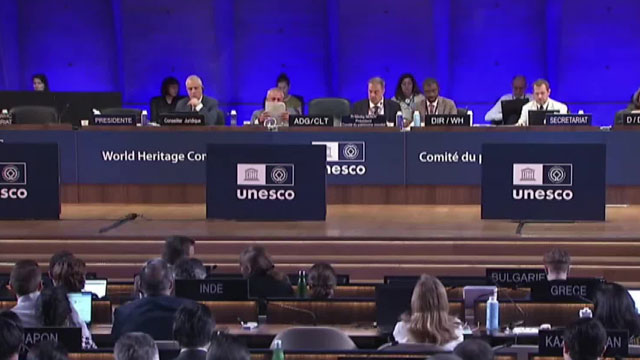
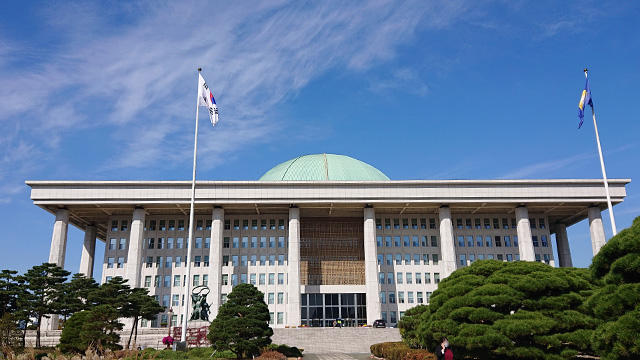
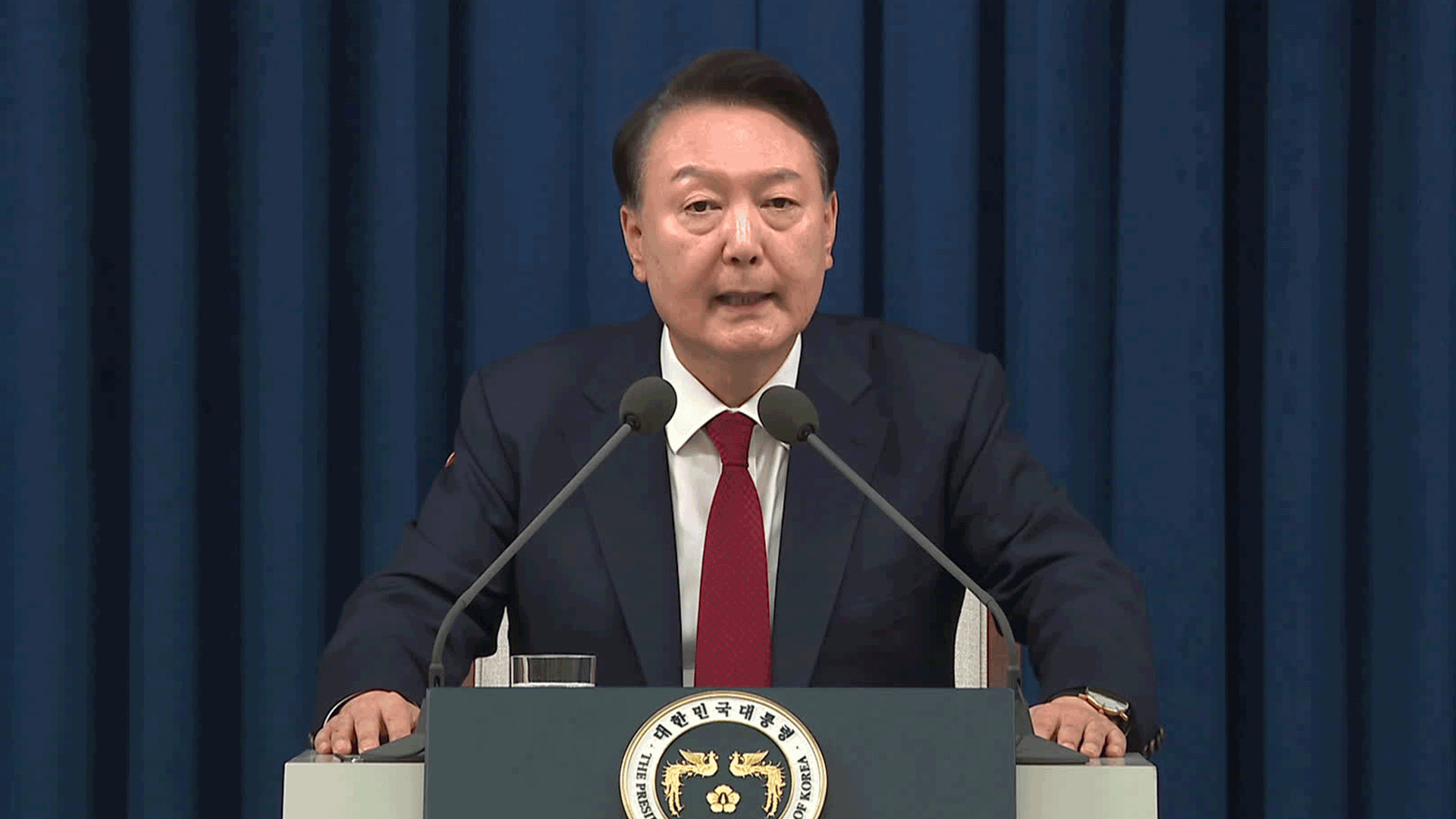
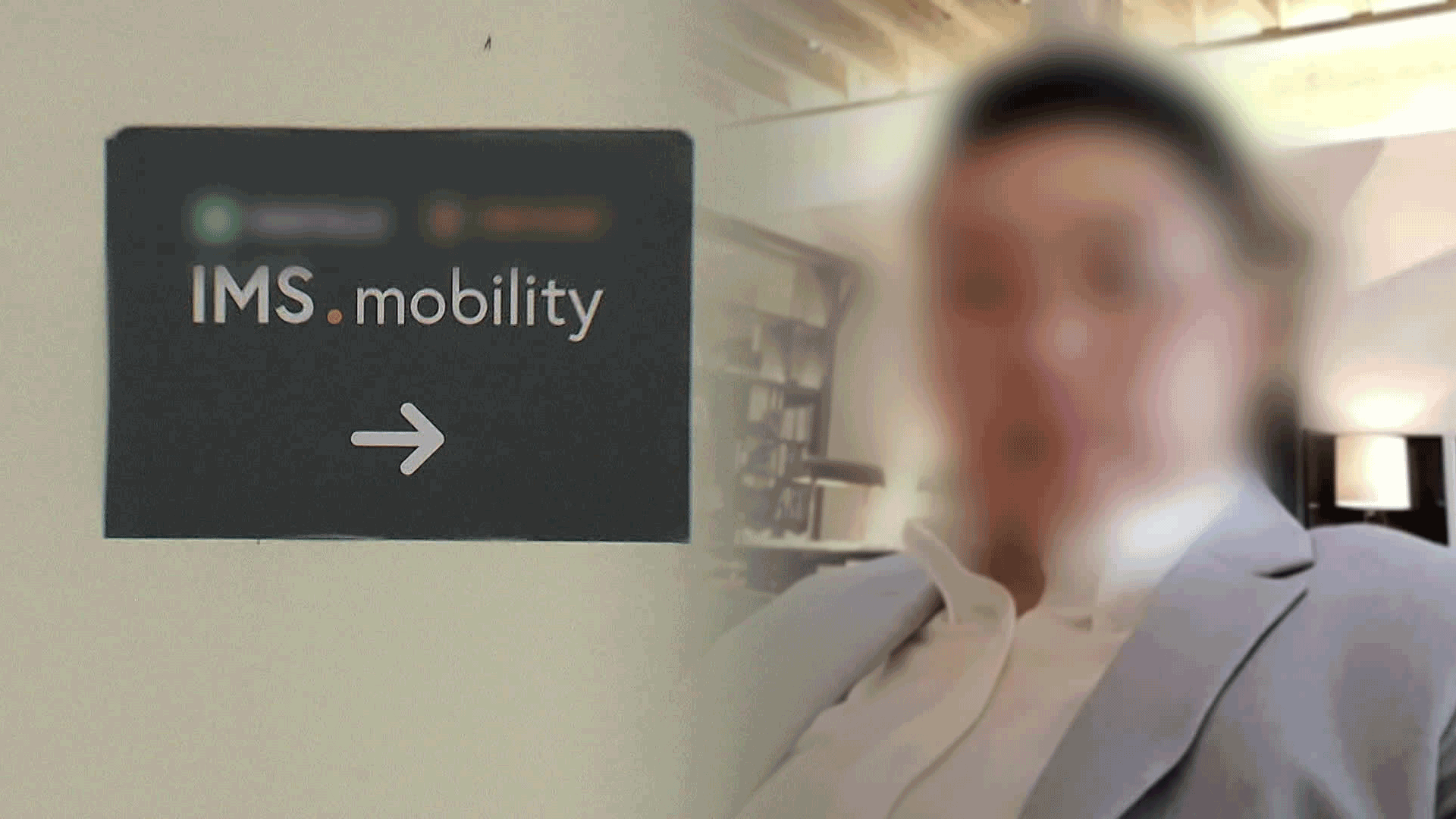

이 기사에 대한 의견을 남겨주세요.